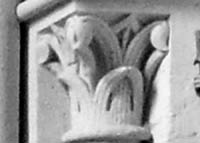Morienval, Saint-Denis
capitals in each phase

Building Data for Morienval, Saint-Denis
- Type: Abbey
- Affiliation: Benedictine
- Region: Picardie
- Department: Oise
- Coords: 49.298, 2.9221
- Surveyed: 1980-83, 2003, 2005, 2014
Capitals for Morienval, Saint-Denis
 X
X
The building sequence is based on my on-site analysis of the construction history,
using the techniques developed on the cathedral of Chartres called toichology, and described in a number of publications.
The analysis of some of the smaller churches are more approximate than I would like, and need further analysis.
I have used 'phase' rather than 'campaign' to to identify a contiguous zone with similar elements.
A campaign would be defined by recognisable breaks and construction joints in the fabric: there may be a number of phases within a campaign.
One benefit is that separate programs by subcontractors, such as carvers, may be isolated, which is particularly useful in complex sections, such as portals.
Every phase has been assigned to a decade, so there may be more than one phase in a decade.
While this is certainly imperfect, it will allow us to explore all the data, including costs, across time.
This is an on-going process, so as the data continues to be analyzed, the chronology and costing analysis will be further refined, and the synopsis updated.
Clicking on any of the decade graphics will display all buildings that had work being done during that decade.



The building sequence is based on my on-site analysis of the construction history, using the techniques developed on the cathedral of Chartres called toichology, and described in a number of publications. The analysis of some of the smaller churches are more approximate than I would like, and need further analysis.
I have used 'phase' rather than 'campaign' to to identify a contiguous zone with similar elements. A campaign would be defined by recognisable breaks and construction joints in the fabric: there may be a number of phases within a campaign. One benefit is that separate programs by subcontractors, such as carvers, may be isolated, which is particularly useful in complex sections, such as portals.
Every phase has been assigned to a decade, so there may be more than one phase in a decade.
While this is certainly imperfect, it will allow us to explore all the data, including costs, across time. This is an on-going process, so as the data continues to be analyzed, the chronology and costing analysis will be further refined, and the synopsis updated.
Clicking on any of the decade graphics will display all buildings that had work being done during that decade.
-

- Spirex - 1070s [1079]
- Morienval- Phase 2
- Saint-Denis - choir
- Core template

|
Phase 5 - 1080s [1085] - nave
nave aisle arcade and walls abut earlier crossing and westworks followed by the clerestory wall.
|
-
 01.jpg)
- Comet - ? - 1080s [1085]
- Morienval- Phase 5
- Saint-Denis - nave
- Design imposed on this carver by another
-
 02.jpg)
- Comet - ? - 1080s [1085]
- Morienval- Phase 5
- Saint-Denis - nave
- Design imposed on this carver by another
-
 03.jpg)
- Coverall - 1080s [1085]
- Morienval- Phase 5
- Saint-Denis - nave
- Core template
-
 05.jpg)
- Coverall - 1080s [1085]
- Morienval- Phase 5
- Saint-Denis - nave
- Core template

|
Phase 6 - 1080s [1086] - e tower I
east towers I
|
-

- Clasper - 1080s [1086]
- Morienval- Phase 6
- Saint-Denis - e tower I
- Core template

|
Phase 7 - 1080s [1087] - e tower II
East towers II
|
-

- Droopy - !! - 1080s [1087]
- Morienval- Phase 7
- Saint-Denis - e tower II
- Core template
-

- Droopy - !! - 1080s [1087]
- Morienval- Phase 7
- Saint-Denis - e tower II
- Core template
-

- Multiplate - 1080s [1087]
- Morienval- Phase 7
- Saint-Denis - e tower II
- Core template

|
Phase 11 - 1090s [1090] - w tower III
Western tower level III
Rationale for dating : This could be after the crusade, as Headman and Olivier for 1100; Old Duke for 1112
|

|
Phase 12 - 1100s [1102] - apse (a)
Apse chapels added between older towers with ribs and cells built with walls and the high vault shafts that were added on the inside of the older walls where there used to have double shafts, as in west crossing.
Rationale for dating : Analysis in "The Ark" 3:461; The usually accepted date of the 1120s is based firstly on the unfounded belief/meme that the earliest rib vaults in the Paris Basin date from around this time. Secondly, it is based on a document concerning the transfer of relics that may or may not have had anything to do with the construction. Analysis has been no more precise than this, and cannot be relied on in the absence of other evidence.
At some moment the choir was refurbished with three chapels, rib vaults and a raised central vessel. The capitals were restored/replaced a long time ago, more or less mimicking forms that we can date to this period. In one corner that are three capitals that are original, in the modes of Aviateur and Comet. For the former this would be one of his earliest, either immediately before ar just after the crusade. For Comet the 1110s is uncomfortably late as most of the work in this manner was in the 1090s. Both fit into a date just after or just before the crusade, and certainly not twenty years later.
The replacement capitals offer an interesting picture, for some are remarkably like genuine carving in other buildings. Some were replaced in the C19th, and we know about them.
The others do not have matches in any other church in the Paris Basin. They stand unique. Nowhere else do we find a group of some 50 capitals without visual connections to those in other churches. Having spent the past 40 years studying the capitals from this period, I would suggest that they were restored and/or re-carved to look a little like the originals. The general impression is that they may have been restored around 1700.
In addition, some have designs or details like other carvings of around 1100, and together they indicate that we are dealing with simulacra. The possible carvers are are noted against each capital. The work of these carvers elsewhere confirms a date very close to the First Crusade, either just before or just after.
|
-
 01.jpg)
- Earwig - !! - 1100s [1102]
- Morienval- Phase 12
- Saint-Denis - apse (a)
- Replaced or restored, with similar template
-
 03.jpg)
- Aviateur - !! - 1100s [1102]
- Morienval- Phase 12
- Saint-Denis - apse (a)
- Variation of master's core template, possibly with an associate
-
 04.jpg)
- Counter - !! - 1100s [1102]
- Morienval- Phase 12
- Saint-Denis - apse (a)
- Core template
-
 05.jpg)
- Comet - !! - 1100s [1102]
- Morienval- Phase 12
- Saint-Denis - apse (a)
- Core template

|
Phase 13 - 1100s [1103] - east (c)
East clerestory wall, capitals and rib vaults
|
-
 01.jpg)
- Multiplate - !! - 1100s [1103]
- Morienval- Phase 13
- Saint-Denis - east (c)
- Core template
-
 02.jpg)
- Counter - !! - 1100s [1103]
- Morienval- Phase 13
- Saint-Denis - east (c)
- Replaced or restored, with similar template
-
 03.jpg)
- Pillow - 1100s [1103]
- Morienval- Phase 13
- Saint-Denis - east (c)
- Core template
-
 04.jpg)
- Spirex - 1100s [1103]
- Morienval- Phase 13
- Saint-Denis - east (c)
- Core template
-
 05.jpg)
- Grossteste - 1100s [1103]
- Morienval- Phase 13
- Saint-Denis - east (c)
- Core template

|
Phase 14 - 1100s [1104] - east (v)
Completes the vault with the four boss-panels.
Rationale for dating : Banniere a possibility and could be for 1100 - or Oda the naive
|
-

- Oda - 1100s [1104]
- Morienval- Phase 14
- Saint-Denis - east (v)
- Core template
-

- Oda - 1100s [1104]
- Morienval- Phase 14
- Saint-Denis - east (v)
- Core template
-
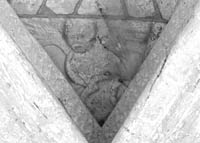
- Oda - 1100s [1104]
- Morienval- Phase 14
- Saint-Denis - east (v)
- Core template
-

- Oda - 1100s [1104]
- Morienval- Phase 14
- Saint-Denis - east (v)
- Core template

|
Phase 15 - 1160s [1160] - north
North chapel.
Rationale for dating : One of the Strapper teams, called s6, though clearly from around 1160, but no more precision possible.
|
-
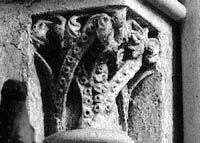
- Lucien - 1160s [1160]
- Morienval- Phase 15
- Saint-Denis - north
- Core template














 04.jpg)
 06.jpg)
 07.jpg)
 08.jpg)
 09.jpg)
 10.jpg)
 11.jpg)
 12.jpg)
 13.jpg)
 14.jpg)
 15.jpg)
 16.jpg)
 17.jpg)












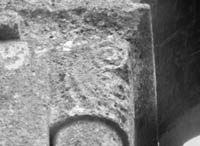










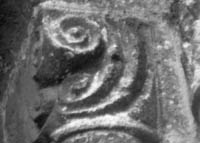



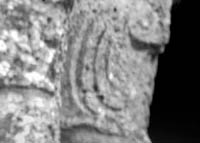





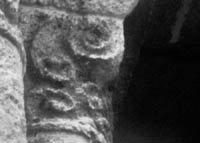


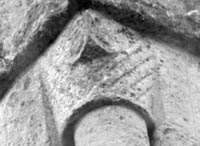



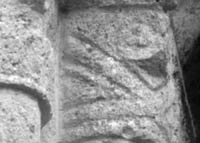






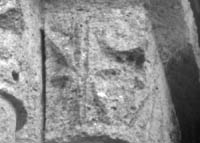




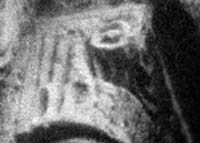

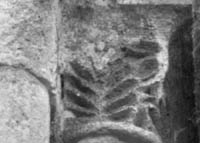
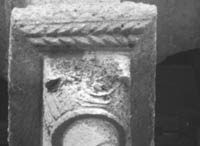






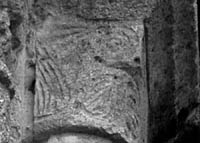






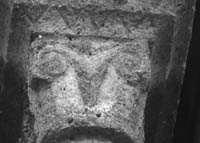




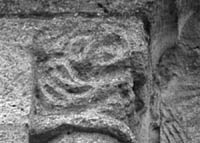




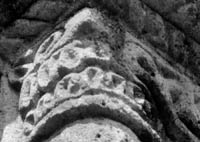





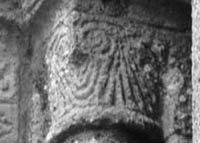




 02.jpg)
 06.jpg)
 07.jpg)
 08.jpg)
 09.jpg)
 10.jpg)
 12.jpg)
 13.jpg)
 14.jpg)
 15.jpg)
 16.jpg)
 17.jpg)
 18.jpg)
 19.jpg)
 20.jpg)
 22.jpg)
 23.jpg)
 24.jpg)
 25.jpg)
 26.jpg)
 27.jpg)
 28.jpg)
 30.jpg)
 31.jpg)
 31a.jpg)
 32.jpg)
 33.jpg)
 34.jpg)
 06.jpg)
 07.jpg)
 08.jpg)
 09.jpg)




